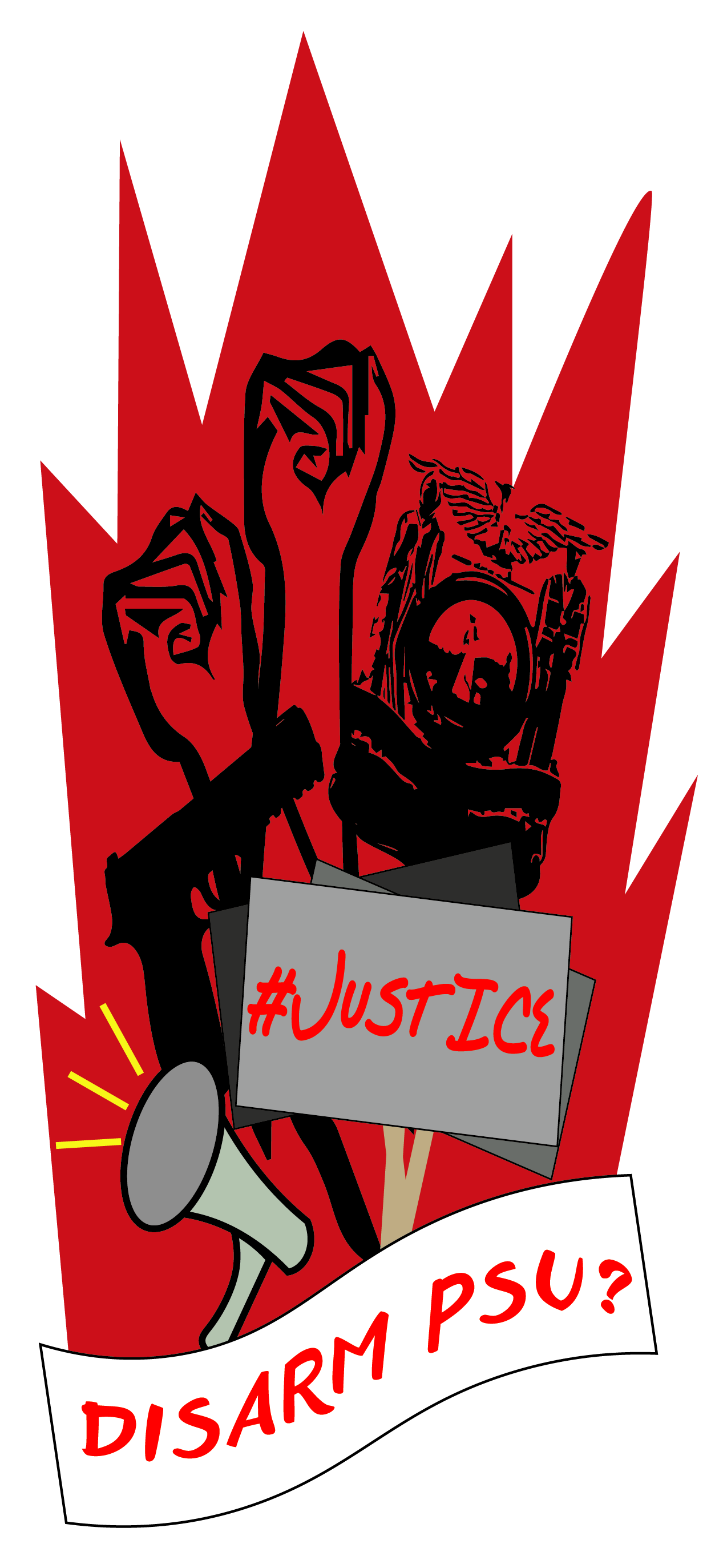Students abuse free printing
PSU students are killing trees at an alarming rate just to avoid eye strain and textbook purchases. Excessive printing in campus computer labs is a growing problem, and the result may be printing quotas and more fees.
With the advent of the Internet, it has become easier for professors to assign online reading assignments rather than have students purchase printed material. Students liked the idea because it reduced their textbook costs, and professors liked it because they didn’t have to deal with ordering books.
The only problem is that people don’t like to read large amounts of text on a computer screen. Computer monitors are not very eye-friendly, and numerous studies have shown that spending hours staring at the screen can result in eye strain. Hence students, to ease their eyes and avoid tying up computers in the lab, print off their reading material to take with them.
It’s a free service enjoyed by PSU students, but as people continue to print off a high volume of material, unlimited free printing may become a thing of the past.
Students are currently given free printing privileges at all on-campus computer labs, with a 20-page limit. However, computer lab assistants have no way of monitoring how much people actually print – or preventing students from printing over their limit – and therein lies the problem.
“We can access the printer queue, and that tells us how many pages were sent to print for that print job, but we have no way of monitoring how many pages people print total,” he said. “The only thing we can do is check to see how many pages come out of the printer.”
Currently there is no formal tracking system for the number of pages students print.
Adding to the problem is that there are no consequences even if a student is caught printing more than the limit. “We just warn them about the limit, and explain that they can print on both sides of the page or go to CleanCopy,” Tourvieille said.
Slow network connections compound the printing problem, Tourvieille said. “Most of the time it’s from the Internet – people go online and print a whole book. Then they don’t realize it’s already printing and click ‘print’ five or six times. The computers are slow because they’re on a network.”
Signs are posted throughout the labs telling students to wait and not to send multiple print jobs.
The Office of Information Technology (OIT) is working on a solution to the problem of excessive printing. Tourvieille said they are considering putting a warning screen on each computer that would appear during startup and remind students about the 20-page limit.
Mark Gregory, executive director of Information Technology for the university, said that a tracking system is in the works and if the problem continues, an increase in student fees could result.
The cost of paper, ink cartridges and other printing services is part of the OIT budget rather than the student fee system. However, as printing costs increase, there is continued pressure from within the OIT to add it to the student fee, “especially since [the costs] seem to be growing without bound,” Gregory said.
“The thing is, 80 to 90 percent of students don’t abuse the system,” Gregory said. “It’s the rest of them that literally print reams and reams of paper each term.” Gregory said the OIT is considering implementing a quota system, where each student could print a set number of pages per year and would pay for printing after that.
Restrictions could come in the not-so-distant future – Gregory said the OIT is “seriously looking at a quota system for next year. Our focus fall term will be on getting data on the number of pages students print, because right now we don’t track individual student use.”
The result of that data collection will probably be some sort of logon system, where students will have individual accounts through which computer labs can monitor and limit the number of pages they print.



